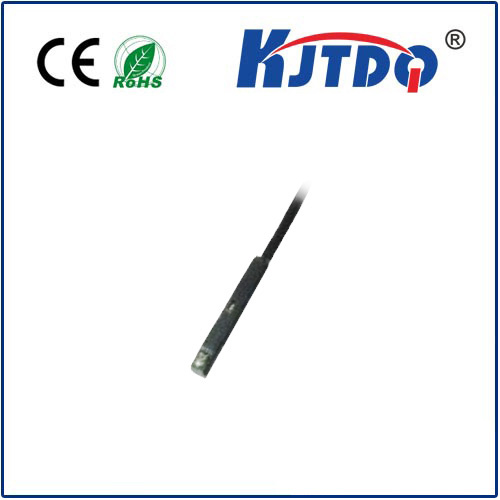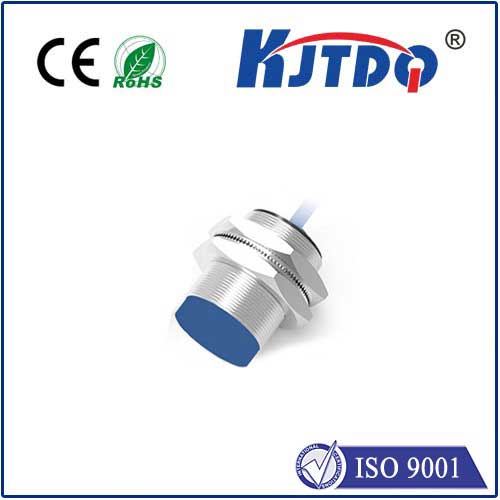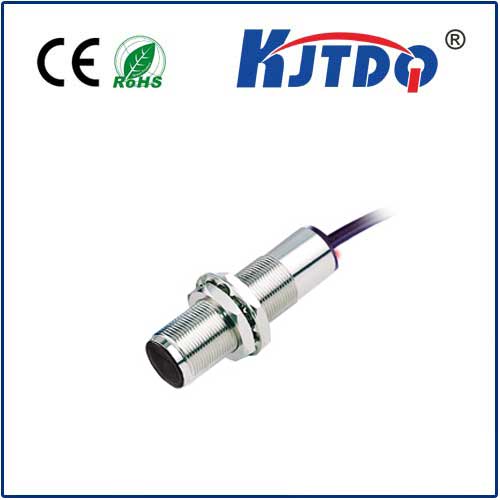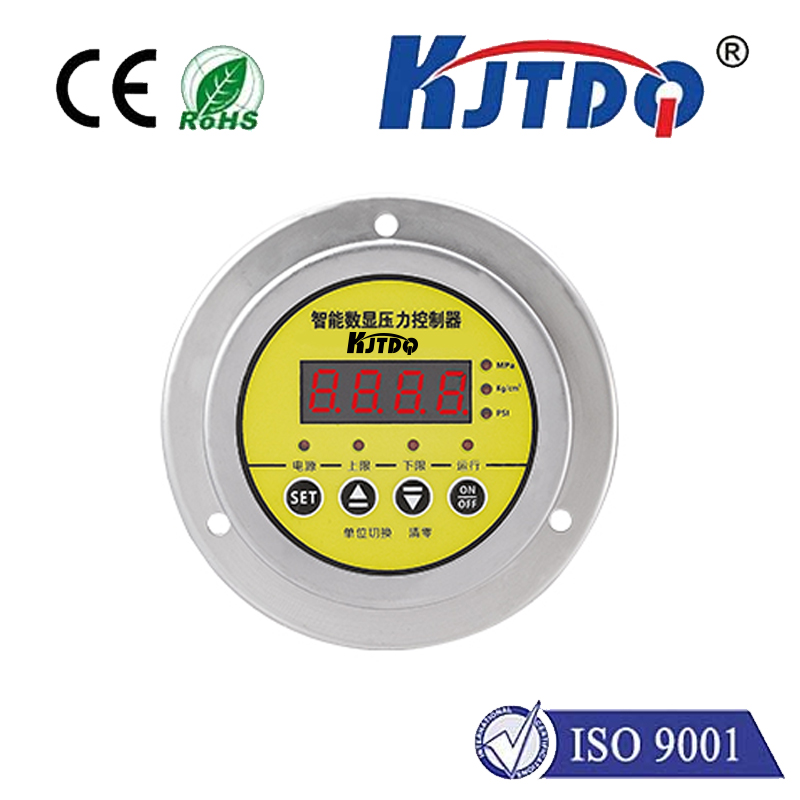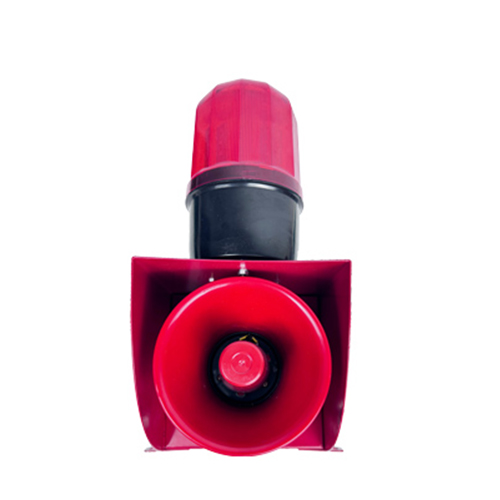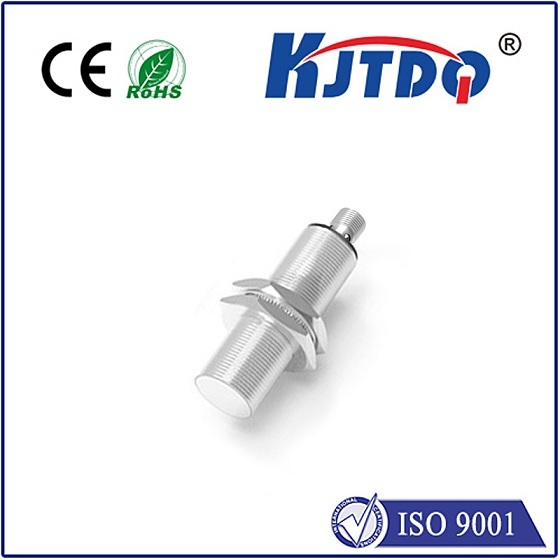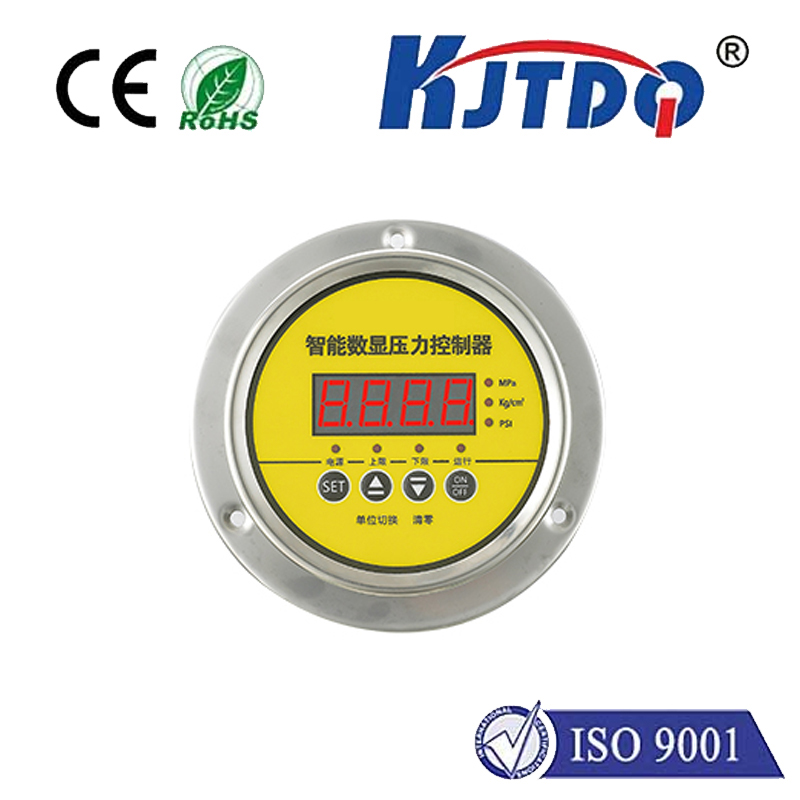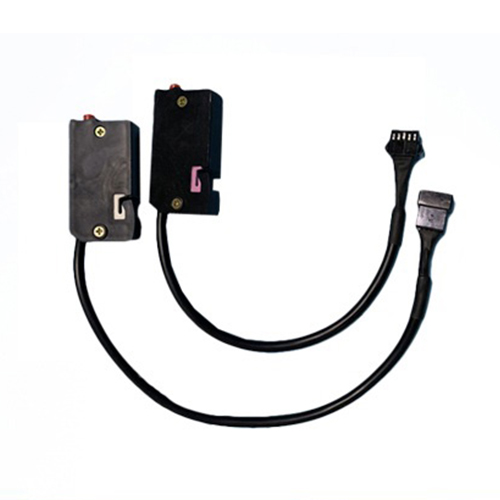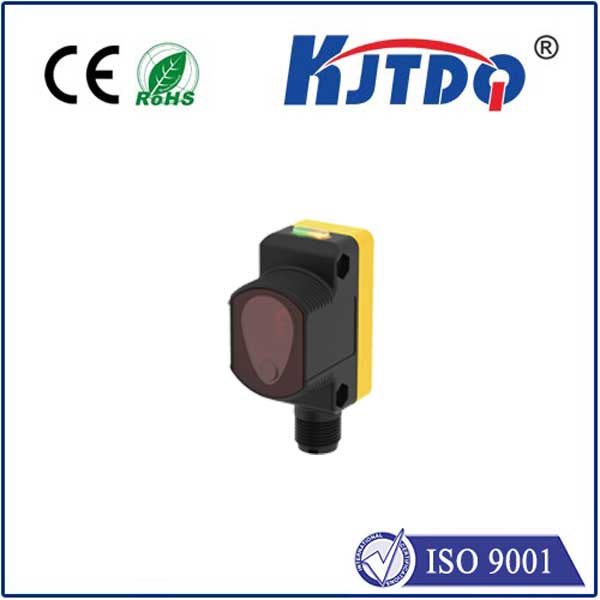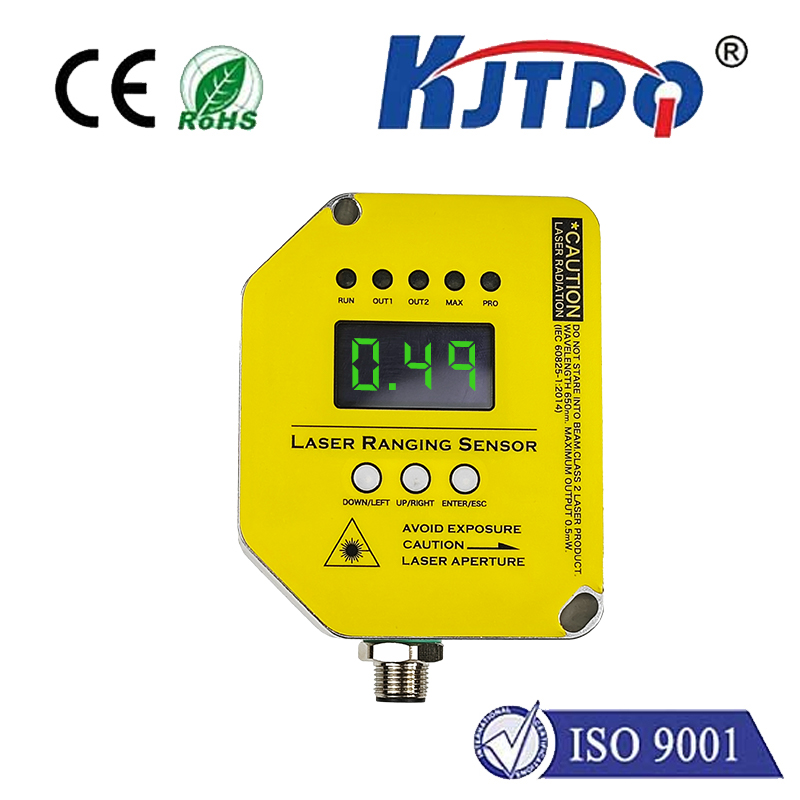Guided Wave Radar Level Sensor: A New Era in Industrial Measurement
In today’s fast-paced industrial environment, precision and reliability are paramount. As technology continues to advance, the need for accurate and efficient measurement solutions has never been greater. One such innovation that is gaining traction in the field of industrial automation is the guided wave radar level sensor. This cutting-edge device offers a powerful solution for measuring liquid, solid, and semi-solid materials in tanks, vessels, and pipelines, making it an essential tool for modern manufacturing and process control.
The guided wave radar level sensor operates on the principle of guided waves, which are electromagnetic waves that travel through a medium at a specific speed. Unlike traditional radar systems that rely on direct reflection, guided wave sensors use a transmitter to send a signal through a medium, and the receiver captures the reflected signal. This method allows for non-contact measurement, eliminating the need for physical contact with the material being measured. The non-contact nature of the sensor ensures minimal interference and higher accuracy, even in challenging environments.

One of the most significant advantages of guided wave radar level sensors is their high accuracy. By leveraging the guided wave phenomenon, these sensors can detect even subtle changes in the material level, making them ideal for applications where precision is critical. Whether it’s monitoring the level of a liquid in a tank or measuring the height of a solid material in a silo, these sensors provide reliable data with minimal maintenance.
Moreover, guided wave radar level sensors are versatile and can be used in a wide range of industrial applications. From food and beverage processing to chemical manufacturing and pharmaceuticals, these sensors are designed to adapt to various environments and material types. Their non-invasive and non-contact operation also makes them suitable for use in high-temperature and high-pressure conditions, which are common in industrial settings.
Another key benefit is their low maintenance requirement. Traditional level sensors often require frequent calibration and cleaning, which can be time-consuming and costly. In contrast, guided wave radar sensors are built to last, with components that are tolerant to corrosion and wear. This means they can operate in harsh environments without requiring frequent replacement or servicing.
In addition to their technical advantages, guided wave radar level sensors also offer cost-effectiveness. By reducing the need for physical contact and minimizing downtime, these sensors help optimize production efficiency and reduce operational costs. Their ability to provide real-time data enables better decision-making and process control, leading to improved productivity and quality.
The adoption of guided wave radar level sensors is not just a technological advancement—it is a trend in industrial automation. As industries continue to evolve, the demand for more efficient and intelligent measurement systems is growing. With their high accuracy, versatility, and low maintenance, guided wave radar level sensors are set to become a Стандарты in modern industrial processes.
In summary, guided wave radar level sensors represent a significant leap forward in industrial measurement technology. Their non-contact operation, high accuracy, and versatility make them an indispensable tool for manufacturers and process engineers. As industries continue to push the boundaries of innovation, these sensors will remain at the forefront of precision measurement, ensuring that the future of industrial automation is both reliable and efficient.
